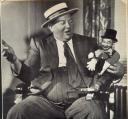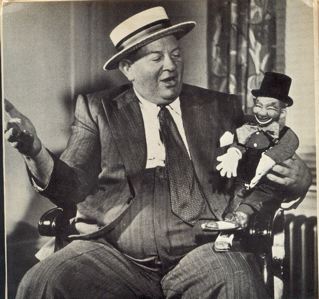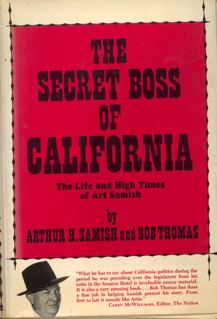Three years later, Arthur Samish’s power and influence began to crumble. He was under investigation by state, national and local officials and was linked to an illegal bookie operation in Colma. When California experienced a severe drought in 1948, and when water supplies fell sharply, Governor Earl Warren declared a temporary state of emergency, instituting Daylight Saving Time.
Meetings between the governor’s staff and the groups traditionally opposed to DST–such as railroads and farmers–proved that opinions could be changed. They were persuaded to accept Daylight Saving Time.
But the motion picture studios continued to fight it.
When the rains came and water levels rose, Governor Warren ordered the end of DST on January 1, 1949. A few years later, Samish was convicted of income tax evasion and served 25 months in prison. He never returned to the lobbying profession.
The DST issue was permanently resolved in 1966 when President Lyndon Johnson signed the Uniform Time Act. There were some minor exemptions: Hawaii, American Samoa, Guam, Puerto Rico, the Virgin Islands, the Eastern Time Zone portion of the state of Indiana and most of Arizona (with the exception of the Navajo Indian reservations).
Don’t forget to turn your clocks forward Saturday night (March 10) or some time on Sunday.




